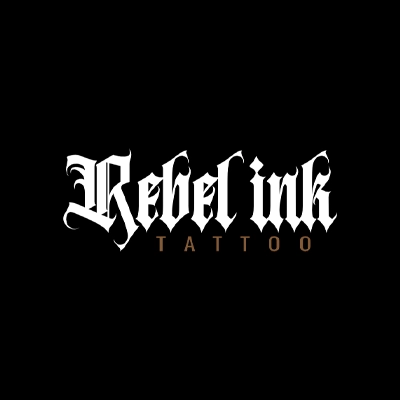
Tattooing is one of the oldest forms of art, gaining more popularity as the years go by. However, a tattoo isn't just a decoration on the skin. Behind each tattoo lies a story, a style, and a design. Tattoo art is impossible without the right tools. Let's see how tattoo machines have changed over time.
1. Hand Tools of Ancient Times
The first tattoos were likely made using simple hand tools such as bone and wooden needles. This tattooing process was quite painful and time-consuming.
2. Birth of the First Tattoo Machines
The first patented tattoo machine was created in the late 19th century by Samuel O'Reilly. This tool was adapted from Thomas Edison's engraving machine, significantly improving the tattooing process.
3. Development and Refinement of Tattoo Machines
As time went on, tattoo machines became more reliable and accurate. Technological advancements led to the development of different types of tattoo machines, including coil and rotary models, allowing tattoo artists to achieve high-quality work.
4. Modern Tattoo Machines
The current market offers a wide range of high-tech tattoo machines. These devices provide high speed, precision, and ease of use, making the art of tattooing even more accessible.
Conclusion
Tattoo machines have come a long way from simple tools to today's technological wonders. But, despite all the progress, the essence of tattoo art lies in the talent of the artist and their ability to bring their clients' skin to life with unique designs.
15.09.2023